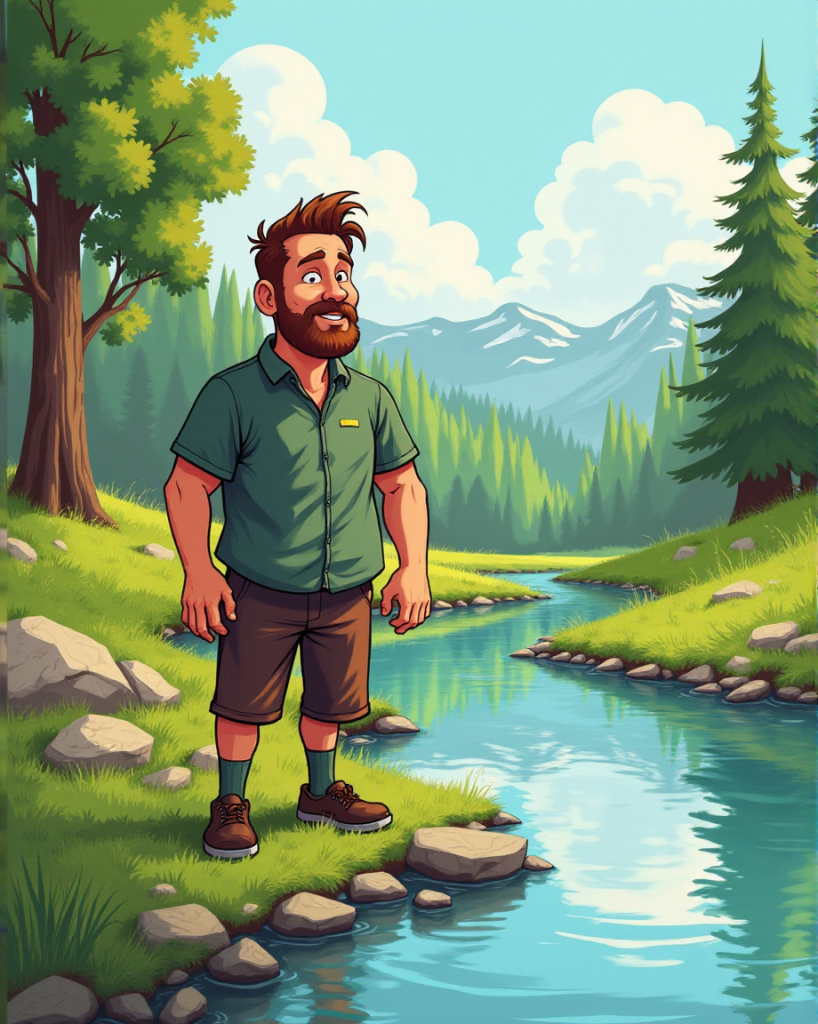Another contribution by Katharina Lamprecht who will also be at the Festival in October…
Sometimes there is a little sparrow sitting on the clothesline in front of my kitchen window. I like to observe him, he is quite funny and quite different than the other birds. Somehow he always looks as if he was a little tipsy. He dithers a bit on the line and you can see that it takes an effort to keep his balance because he sticks out one leg and flaps his wings. He generally makes the impression of being quite dizzy. But it doesn’t seem to bother him at all, on the contrary, I get the feeling that he enjoys his slanting position very much.
A friend of mine, who is an ornithologist, said that this phenomenon goes by the name of “crooked bird”, common knowledge amongst experts. He explained, that there are indeed many birds, who love to frolic through storms and high winds. Back and forth, up and down, left and right they let themselves dash around by the wind until they don´t know anymore where they are, don´t know up from down or back from forth. And it is obvious that they have so much fun with it, that they keep the dizziness even when there is no wind at all. Just like the sparrow on my clothesline.
Scientists suspect that these crooked birds have a kind of inner anchor. Somewhere in their bodies has to be a place that gives them the needed security to be able to always find their way and relate to a stable, secure, safe and unshakeable point, no matter what. In this way they can relax, be calm and at ease, at least internally. They can feel straight and upright even if they have no orientation in the outer world. The scientists cannot determine where this inner anchor is but they are quite sure, it´s there. Perhaps one can compare it to the radar that bats use. This we can´t see either but there is no doubt it´s there.
“We don´t really know how all of this functions, but it has to be somehow like that”, my friend said and grinned. To be honest, I´m not quite sure if I can believe his story or if he wanted to pull my leg. But watching my little sparrow, reeling and rocking with obvious delight on my clothesline, I keep thinking that he surely must have such an inner anchor. Even if he has not the slightest idea, where it is or that it even exists. But it´s got to be in there somewhere, an area within him that gives him the absolute certainty to be safe and sound in all of these dizzying situations. An anchor that keeps him upright and gives him balance.
So seeing him on the line, I imagine that, the more he careens, the bigger and stronger the anchor in him gets and he is even more centered. With stormy winds outside and the feeling of security and safety inside, the little sparrow can enjoy his crookedness as much as he likes. And I wonder, where my inner anchor might be…

